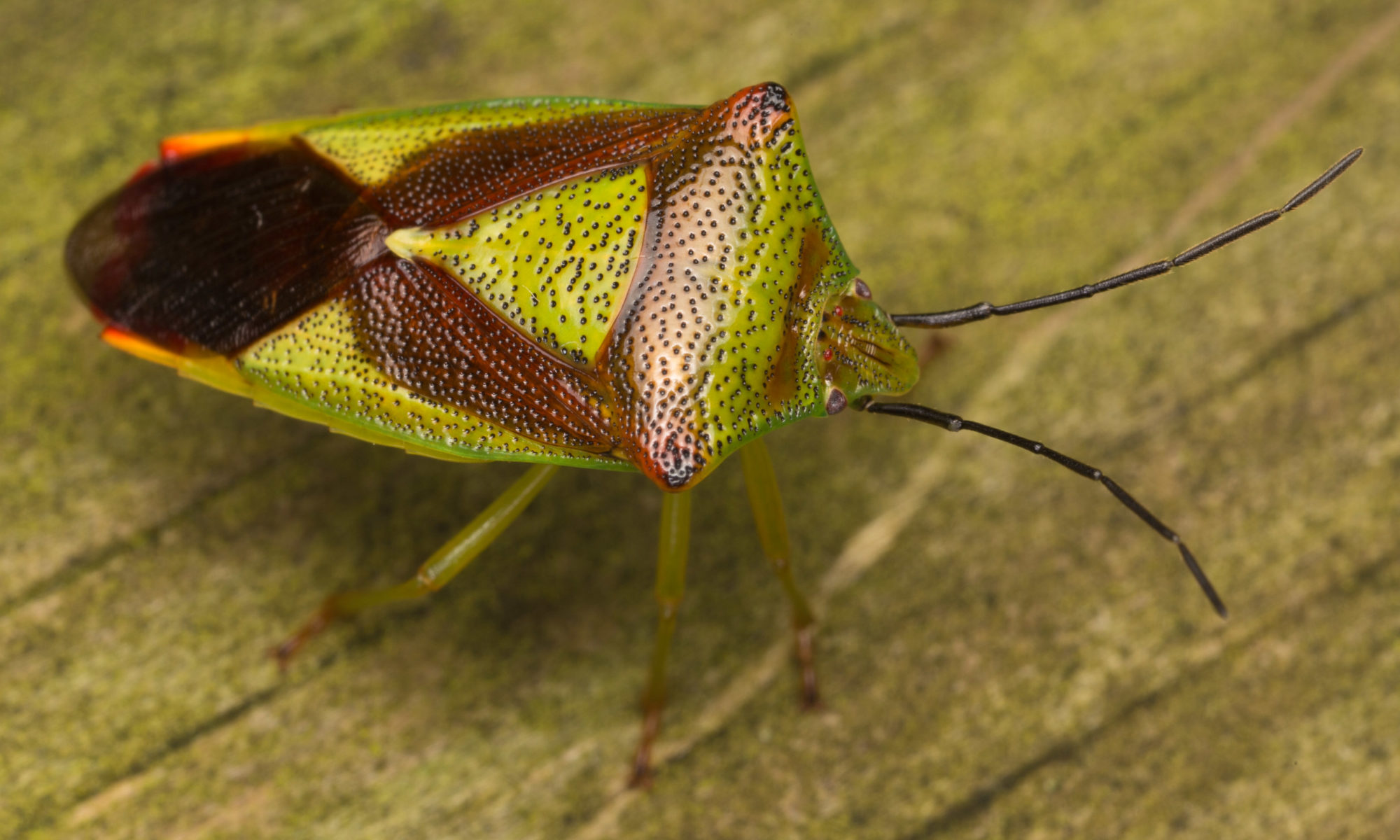Hiruni Samadi Galpayage Dona, Cwyn Solvi, Amelia Kowalewska, Kaarle Mäkelä, HaDi MaBouDi, Lars Chittka, Do bumble bees play?, Animal Behaviour, 2022, ISSN 0003-3472, https://doi.org/10.1016/j.anbehav.2022.08.013.
(https://www.sciencedirect.com/science/article/pii/S0003347222002366)
Abstract: A variety of animals have been found to interact with and manipulate inanimate objects ‘just for fun’, that is, to play. Most clear examples of object play come from mammals and birds. However, whether insects interact with inanimate objects as a form of play has never been systematically examined. Here, we show that rolling of wooden balls by bumble bees, Bombus terrestris, fulfils behavioural criteria for animal play and is akin to play in other animals. We found that ball rolling (1) did not contribute to immediate survival strategies, (2) was intrinsically rewarding, (3) differed from functional behaviour in form, (4) was repeated but not stereotyped, and (5) was initiated under stress-free conditions. Through the design of the experiment and with the support of behavioural observations, we excluded the possibilities that ball rolling was driven by exploration for food, clutter clearing or mating. Similar to vertebrate play, we also found age and sex differences for ball rolling by bumble bees: younger bees rolled more balls than older bees and male bees rolled individual balls for longer durations than females. We explicitly show that ball rolling is itself a rewarding activity. After being trained to find freely movable balls in one of two differently coloured chambers, bees showed a preference for the colour of the chamber where they had rolled balls. Our results contribute to the question of sentience in insects and lend further support for the existence of positive affective states in these animals.
Keywords: age difference; Bombus terrestris; cognition; conditioned place preference; invertebrate; object manipulation; play behaviour; sex difference
Entomology abbreviations
https://www.kerbtier.de/Pages/Content/enGlossar.html, http://entomology.ifas.ufl.edu/frank/KISS/kiss5.htm
- aff. – affinis · having affinity with but not identical to
- auct. – auctorum · of authors (written like that by various authors)
- ca. – circa · about (refers to dates)
- cf. – confer · compare with
- coll. – in collectionem · in the collection (usually followed by the name of a collection or museum)
- det. – determinavit · determined by
- e.g. – exempli gratia · for example
- et al. – et alii · and others
- etc. – et cetera · (and the rest), and so on
- ex. – exemplar · example or specimen (the plural is written exx.)
- ibid. – ibidem · from the same place
- id. – idem · the same
- i.e. – id est · that is (to say), or in other words
- in coll. – in collectionem · in the collection (usually followed by the name of a collection or museum)
- indet. – indeterminans · unidentified
- in litt. – in litteris · in correspondence
- leg. – legit · he, she, or it collected
- loc. cit. – loco citato · in the place (work, paper, etc. cited)
- n.b. – nota bene · take good note
- op. cit. – opere citato · in the work cited
- p. – pagina · page (singular; plural is paginae, abbreviated pp.)
- q.v. – quod vide · see (for which, see)
- s.l. – sensu lato · in the broad sense
- sp. – species · species (singular; plural is species, abbreviated as spp.)
- sp. nov. – species nova · new species (singular; plural is species novae, abbreviated as spp. nov.)
- ssp. – subspecies · subspecies (singular; plural is subspecies, abbreviated sspp.)
- s. str. – sensu stricto · in the strict sense. Added after a taxon to mean the taxon is being used in the sense of the original author, or without taxa which may otherwise be associated with it.
- viz. – videlicet · namely
